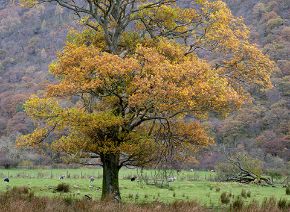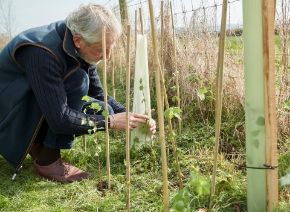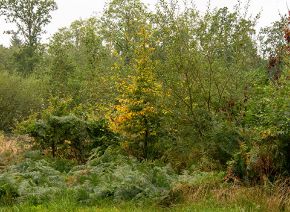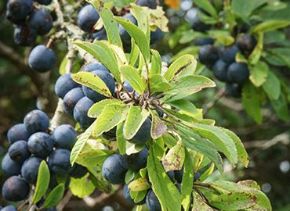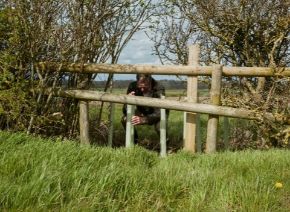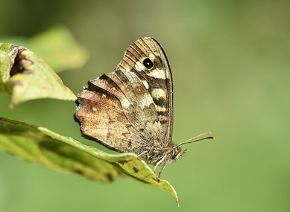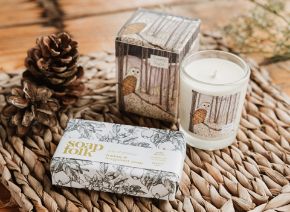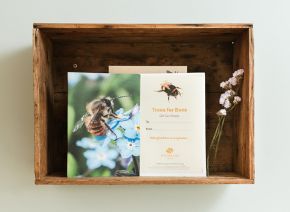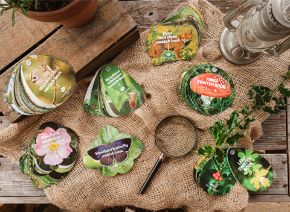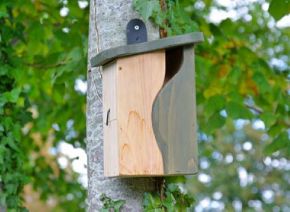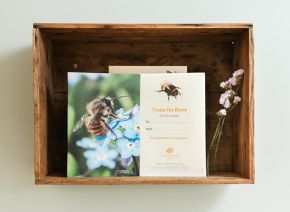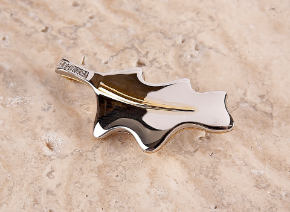Small-leaved lime
Tilia cordata
Small-leaved lime is native to England and Wales. It’s a medium-sized deciduous tree with a spreading crown which creates great shade. Its glossy, dark green, heart-shaped leaves turn yellow in autumn. In summer small fragrant pale yellow flowers emerge Small-leaved lime has nothing in common with the citrus fruit - the name lime derives from the German word Linde.
Estimated full grown height:
Up to 18m
Value to wildlife:
Lime leaves are eaten by the caterpillars of many moth species. They are very attractive to aphids, providing a source of food for their predators, including hoverflies, ladybirds and many species of bird. The flowers provide nectar and pollen for insects, particularly bees, which also drink aphid honeydew from lime leaves. Long-lived trees provide dead wood for wood-boring beetles and nesting holes for birds.
Small-leaved lime preferred soil type or environmental conditions:
Will thrive in well-drained soil.
UK and Ireland Sourced and Grown (UKISG):
Every sapling that we provide is UK and Ireland sourced and grown to minimise the risk of importing and spreading tree pests and diseases. Seeds are collected and stored in the UK and Ireland, and they are all coded and batched so that we can track each individual tree.
More information about this tree is available here.
The images in this product listing show the saplings bundled and wrapped. This plastic wrap is made from LDPE (low-density polyethylene) and is 100% recyclable, we encourage users to recycle them when you are ready to plant your trees.




